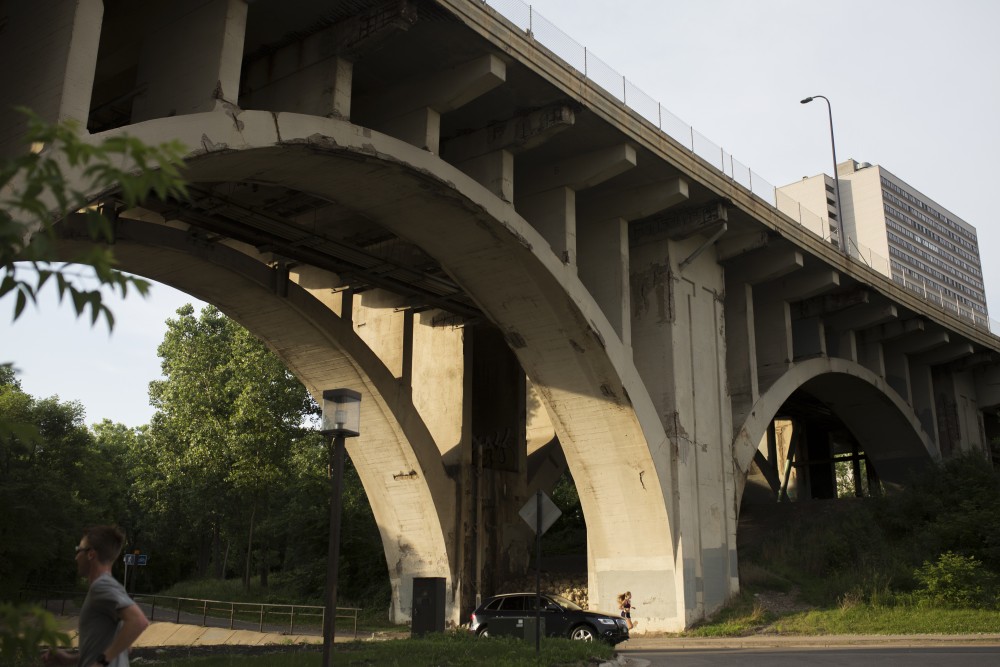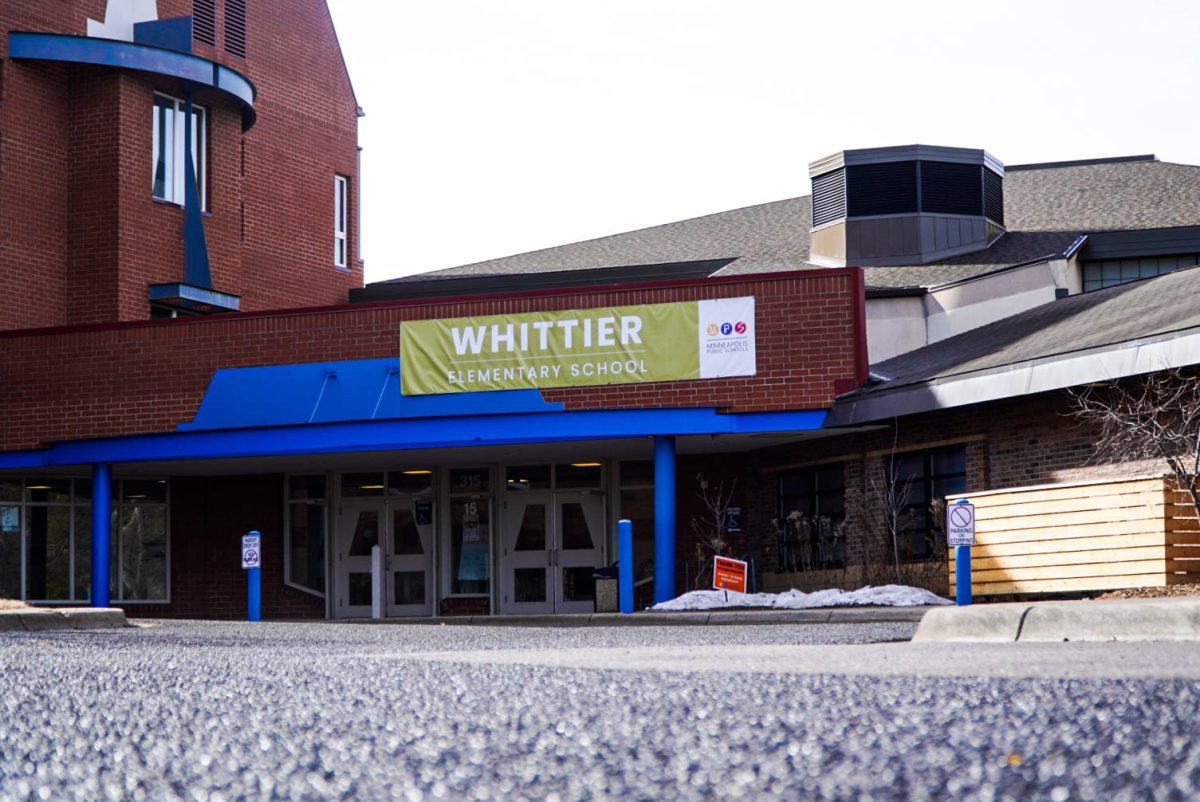The city of Minneapolis has finalized plans for repairs to the 10th Avenue Bridge, with construction expected to begin this fall.
Once contract details are solidified, construction will close the bridge for 12 months starting in 2020. Improvements include additional bike lanes and sidewalk space while reducing traffic lanes from four to two, which officials say will make the bridge safer.
The bridge is currently used by two University of Minnesota bus routes: the 122 University Avenue Circulator and 123 4th Street Circulator. Project manager Meseret Wolana said the city has laid out multiple detailed routes for the closure that they will share with the University and the public.
“We’ll be informing the U bus company and everybody else ahead of time when we actually close the bridge,” Wolana said.
Wolana said the City will remove two traffic lanes from the bridge to add a protected two-way bike lane because there is not a high demand for the existing four traffic lanes. Construction will also widen the sidewalk on the east side of the bridge and add one to the west side. The added bike lanes and sidewalks will make the bridge safer and promote green transportation, said Minneapolis Park and Recreation Board District 1 Commissioner Chris Meyer.
“It’s a terrifying bridge to be on so right now; I will generally go pretty far out of my way to avoid it. But it’s often the fastest connection to get from Marcy-Holmes to West Bank,” Meyer said. “Adding in protected bike lanes on both [10th and 15th] is going to really help complete the vision for this city to make it more bike and pedestrian friendly.”
The construction will also improve the bridge’s water main which has deteriorated since the bridge was last rehabilitated in the 1970s, Wolana said. The water main, which provides drinking water to the area, will be removed from underneath the bridge and built under the Mississippi River. Gas mains under the bridge will also be upgraded.
The city will hold an open house for the public closer to construction time to address resident concerns, Wolana said.
City officials from the Public Works department presented the project to the Marcy-Holmes Neighborhood Association on April 16. The association’s Executive Director Chris Lautenschlager said the water main rehabilitation construction will impact the West Bank more than Marcy-Holmes but residents are still concerned about the traffic impact.
“We know that there are some concerns about traffic backing up. But as an organization, we’re also concerned about bicyclists getting killed. We think that it’s a fair trade-off if reducing lanes increases the safety of the bicyclists who use that bridge,” Lautenschlager said.
Lautenschlager said he hopes the city will consider the impacts that upcoming construction on multiple bridges, including the 10th Avenue Bridge, 3rd Avenue Bridge and the Stone Arch Bridge, will have on Marcy-Holmes.
“Marcy-Holmes lives on the river and we need bridges to be able to get around the city, whether it’s by foot or by bike or by bus or whatever,” Lautenschlager said. “We have concerns about detours. Anytime you change a traffic pattern like this, we hope that the city, and even the county, will take into consideration the detours that will have to be put in place.”













